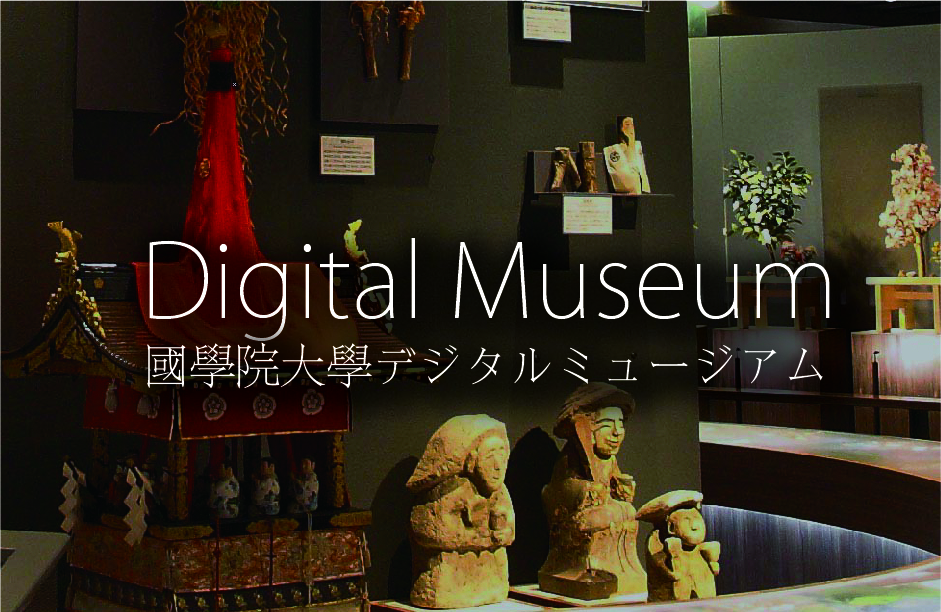Encyclopedia of Shinto
| Main Menu: | |
| Links: |
詳細表示 (Complete Article)
| カテゴリー1: | 3. Institutions and Administrative Practices |
|---|---|
| カテゴリー2: | Officiants |
| Title | Miko |
| Text | A general term for a woman possessing the magico-religious power to receive oracles (takusen) from the kami in a state of spirit possession (kamigakari). Nowadays the term generally refers to a woman who assists shrine priests in ritual or clerical work. The word may be written with various characters (巫女、神子、巫子). Among miko there is a significant distinction between those female priests who have historically been attached to a shrine and those who are separate from shrines and either are settled in a village or travel the countryside as kitōshi (see kitō). Under the Ritsuryō system, female priests in the Jingikan were called mikannagi, while they were called mikanko in Shoku Nihongi. In the Wakun no shiori, miko is described as the general term, while female norito performers are referred to as mikanko, and it further explains that miko can be written with different characters. The etymology of the word is unclear, but it may be an abbreviated expression of kamiko, the substance (monozane) in or upon which the kami manifests itself. It can also be thought of as a transformation of the honorific term miko (御子), indicating spiritual power and high birth. In the past, a variety of related positions were found at different shrines: miyanome at Ōmiwasha, sōnoichi at Atsuta Jingū, itsukiko at Matsuno'o Taisha, monoimi at Kashima Jingū, naishi at Itsukushima Jinja, waka at Shiogama Jinja, and nyobettō at Ideha Jinja (Hagurosan). In ancient times miko acted as ritualists for the kami who possessed magical capabilities, as in the examples of Amenouzume no mikoto, Yamato totohi momoso hime no mikoto, Yamato hime no mikoto, and Empress Jingū. According to one theory, eventually, however, male kannushi, hafuri, and negi took their place, and miko came to be placed in roles assisting these male ritualists. Historically, peregrinating and settled miko could be found nationwide, performing magic and kitō (invocations of divine power) or transmitting the words of the dead. These unaffiliated miko exerted a great influence on folk religion and the verbal arts. Such women who serve in miko-like functions may still be observed in some areas, and women performing similar functions may also be found in Shinto-derived new religions. — Nishimuta Takao |





